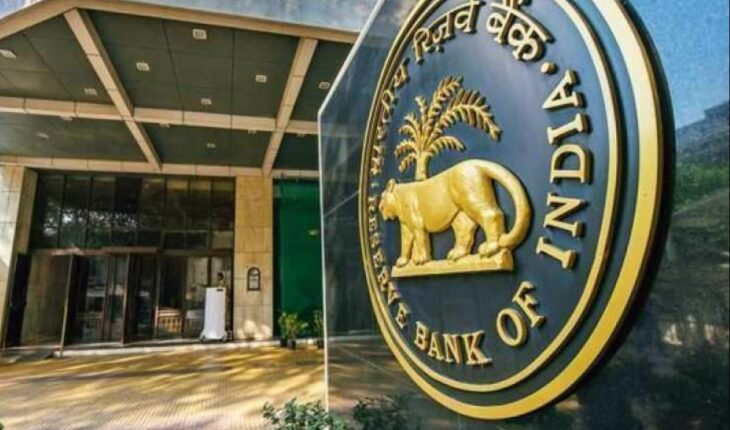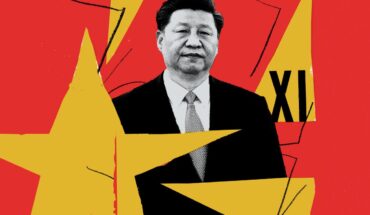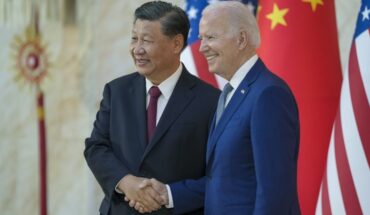Pulapre Balakrishnan explores how the apex bank shifts away from inflation targeting policy
There is nothing like a crisis to concentrate the mind. The salience of this saying may be found in the changes taking place in the economic policymaking establishments of the world. The COVID-19-triggered recession had led to some of their strongly held assumptions being revised.
Perhaps the most significant of them is the shift indicated by the Chair of the Federal Reserve (Fed), Jerome Powell, declaring that the Fed will not let inflation stand in the way of maximising employment. The practical counterpart of this is that the Fed will no longer raise rates pre-emptively, i.e., in anticipation of inflation. The reason for this, he declared, was that the Phillips Curve, the relationship between inflation and unemployment, may no longer hold in the U.S. economy. Mr. Powell went on to say that he will even be guided by the consideration of unemployment among vulnerable groups within the American population, namely African-Americans and Hispanics. It took a lawyer to call out the emperor. The Phillips Curve has been a mighty presence in the canon of Anglo-American economics.
Yoked as much of India’s economic policymaking has been to intellectual developments in the West one would expect some changes in how our own central bank, the Reserve Bank of India (RBI), will change now that the Fed has. We are not disappointed. In the recent reconstitution of the Monetary Policy Committee, which conducts monetary policy in India, we can find a refreshing shift away from dogma. Not all its members may be macro-economists in the conventional sense but their work conveys that they will not be governed by rigid adherence to the model of inflation underlying RBI’s inflation targeting policy. This change has not come a day too early, and India’s government and central bank have done no one any favours by bringing it about. Data show that the model that currently guides India’s inflation control strategy may be quite irrelevant. This is seen in the recent behaviour of inflation. We know that output contracted by more than 23% in the first quarter of this year. Despite this staggering decline the inflation rate did not budge, an experience that flies in the face of the proposition that inflation reflects an ‘over heating’ economy, one growing too fast in relation to its potential. This view represents the RBI’s official understanding of inflation, and presumably forms the basis of its policy of inflation targeting. It was endorsed by the Government of India when it legislated the modern monetary policy framework to enable the RBI to pursue inflation targeting. If the Phillips Curve, which the RBI’s approach internalises, exists, inflation should have abated as India’s economy contracted during the lockdown, implying a ‘cooling off’ as it were.
So far the RBI has shown little time for a handy account of inflation that can explain the recent experience of inflation in India. It had been imagined with developing economies in mind, and is based on the idea that food prices are an important determinant of inflation along with imported inflation. Accordingly, a macroeconomic contraction need not lower inflation.
A committee somewhere may hardly be sufficient to bring about a change in the mindset of a major arm of the Indian state. Hopefully, though, the economic havoc wreaked by COVID-19 will lead to a more sober and rooted policymaking. We may even be seeing some green shoots. A recent working paper of the RBI’s research department has received attention in the media for suggesting that a more eclectic model than the one that underlies inflation targeting does a better job of forecasting inflation in India. This model accepts a role for food prices, a possibility that is missed when embracing economic models developed in the western hemisphere, where food prices have stopped trending upwards over half a century ago. Better late than never, we might say. That India’s central bank is finally alive to India’s economy is surely good news for Indians.
Pulapre Balakrishnan is Professor of Economics, Ashoka University, Sonipat. Views expressed are his own
Perhaps the most significant of them is the shift indicated by the Chair of the Federal Reserve (Fed), Jerome Powell, declaring that the Fed will not let inflation stand in the way of maximising employment. The practical counterpart of this is that the Fed will no longer raise rates pre-emptively, i.e., in anticipation of inflation. The reason for this, he declared, was that the Phillips Curve, the relationship between inflation and unemployment, may no longer hold in the U.S. economy. Mr. Powell went on to say that he will even be guided by the consideration of unemployment among vulnerable groups within the American population, namely African-Americans and Hispanics. It took a lawyer to call out the emperor. The Phillips Curve has been a mighty presence in the canon of Anglo-American economics.
Yoked as much of India’s economic policymaking has been to intellectual developments in the West one would expect some changes in how our own central bank, the Reserve Bank of India (RBI), will change now that the Fed has. We are not disappointed. In the recent reconstitution of the Monetary Policy Committee, which conducts monetary policy in India, we can find a refreshing shift away from dogma. Not all its members may be macro-economists in the conventional sense but their work conveys that they will not be governed by rigid adherence to the model of inflation underlying RBI’s inflation targeting policy. This change has not come a day too early, and India’s government and central bank have done no one any favours by bringing it about. Data show that the model that currently guides India’s inflation control strategy may be quite irrelevant. This is seen in the recent behaviour of inflation. We know that output contracted by more than 23% in the first quarter of this year. Despite this staggering decline the inflation rate did not budge, an experience that flies in the face of the proposition that inflation reflects an ‘over heating’ economy, one growing too fast in relation to its potential. This view represents the RBI’s official understanding of inflation, and presumably forms the basis of its policy of inflation targeting. It was endorsed by the Government of India when it legislated the modern monetary policy framework to enable the RBI to pursue inflation targeting. If the Phillips Curve, which the RBI’s approach internalises, exists, inflation should have abated as India’s economy contracted during the lockdown, implying a ‘cooling off’ as it were.
So far the RBI has shown little time for a handy account of inflation that can explain the recent experience of inflation in India. It had been imagined with developing economies in mind, and is based on the idea that food prices are an important determinant of inflation along with imported inflation. Accordingly, a macroeconomic contraction need not lower inflation.
A committee somewhere may hardly be sufficient to bring about a change in the mindset of a major arm of the Indian state. Hopefully, though, the economic havoc wreaked by COVID-19 will lead to a more sober and rooted policymaking. We may even be seeing some green shoots. A recent working paper of the RBI’s research department has received attention in the media for suggesting that a more eclectic model than the one that underlies inflation targeting does a better job of forecasting inflation in India. This model accepts a role for food prices, a possibility that is missed when embracing economic models developed in the western hemisphere, where food prices have stopped trending upwards over half a century ago. Better late than never, we might say. That India’s central bank is finally alive to India’s economy is surely good news for Indians.
Pulapre Balakrishnan is Professor of Economics, Ashoka University, Sonipat. Views expressed are his own





